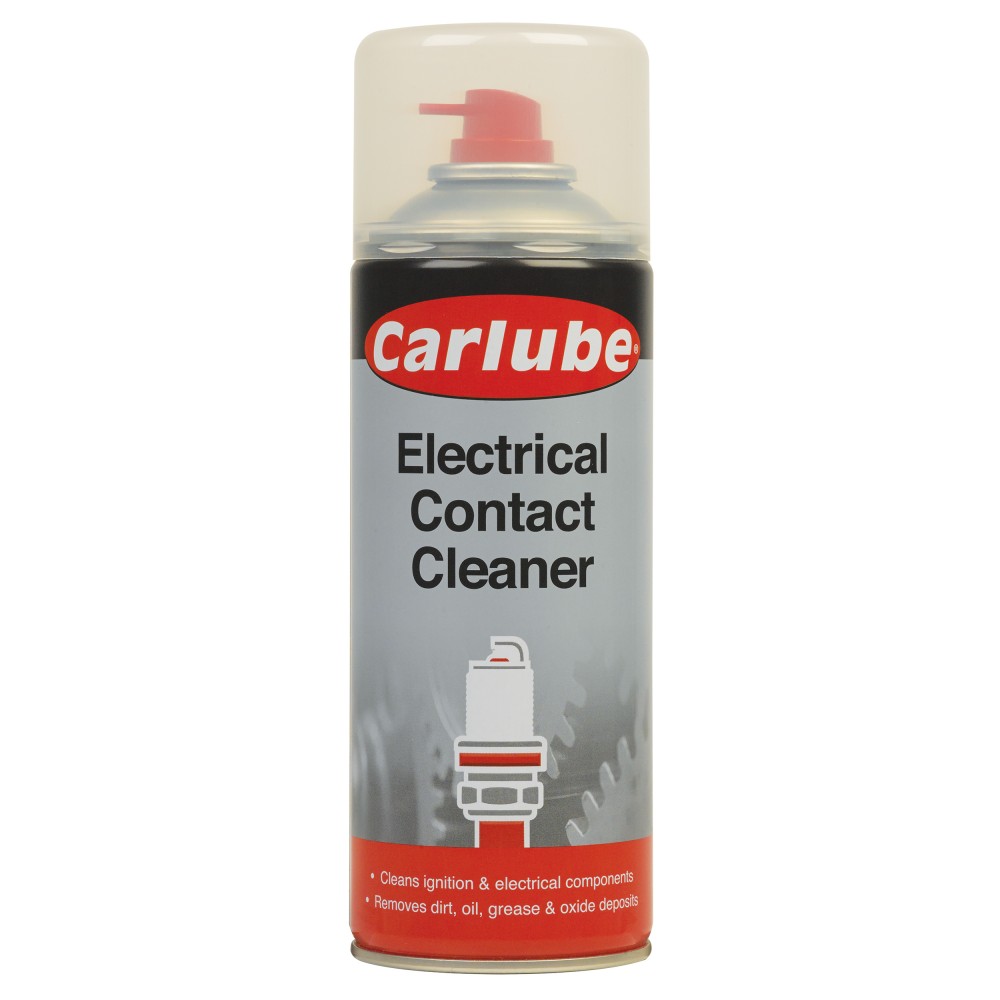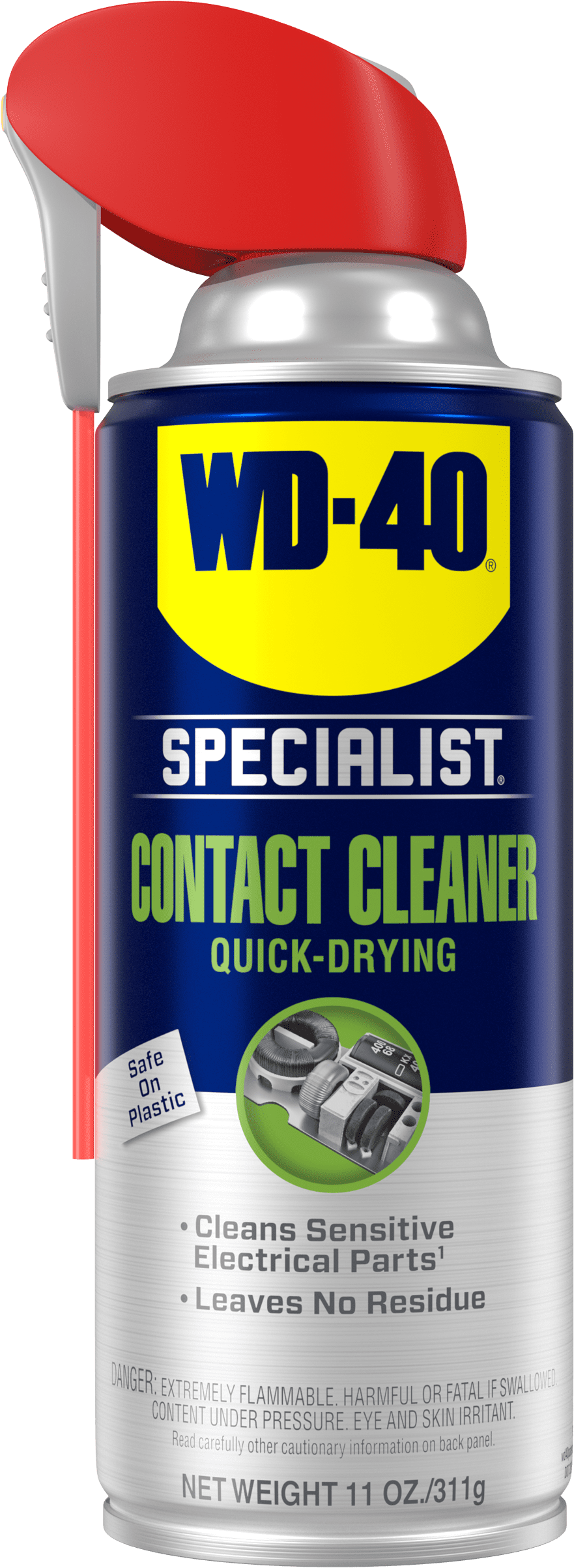

Cleaning Electronics With Isopropyl Alcohol This drawback is highly minimized when using the purest form of ethanol, but the most sensitive electronic components may still have problems when cleaned with ethanol as a result. These traces of oil can subsequently cause malfunctions in highly sensitive electronics. Alternatively, ethanol-soaked laboratory wipes can be an appealing way to clean electronics.Įthanol’s drawback is that it can sometimes leave oil traces on the surface it evaporates from. Instead, cleaning electronics with ethanol requires the use of ultra-pure ethanol, which has been purged of all extraneous mineral content. Despite having minimal mineral content, the trace minerals leftover from the manufacturing process in standard grade ethanol will have a deleterious effect on lab electronics, though the damage will be nowhere near the damage caused by water exposure. Whereas standard laboratory task-grade ethanol is inexpensive and most laboratories will have a vast reservoir prepared to tackle whatever is needed, standard grade ethanol is not pure enough to be used to safely clean electronics. It’s also a useful chemical for a plethora of laboratory tasks ranging from basic sterilization to removing labels from old pieces of hardware.Ĭleaning electronics with ethanol requires a different reagent grade than for the ethanol intended for routine laboratory use, however, so the ethanol purchased for cleaning electronics will probably be a different item in the lab’s inventory regardless of what else is on hand. While ethanol isn’t a strong solvent, it is typically sufficiently powerful to clean sensitive electronics which may have accumulated light layers of corrosion or dirt. However, when exposed to the wrong cleaning solution, even the hard plastic of PCBs can corrode-and manufacturers are rarely willing to replacing a damaged PCB as cheaply as they might replace a sensor or semiconductor component.Įthyl alcohol is a great choice for cleaning electronics in the laboratory because it’s inexpensive, mineral-free, and evaporates quickly. The printed circuit board plastics of electronic components are typically the hardiest part of any laboratory hardware. While sensors tend to be slightly more hardy because they are exposed to a partially uncontrolled environment to fulfill their core purpose, most pieces of laboratory hardware have sensors which are highly sensitive, making even minor disruptions to their functioning relatively hazardous to their output of clean data. If water bearing minute quantities of dissolved minerals splashes onto an exposed semiconductor, it will be nearly impossible to remove the trace minerals which will disrupt electron flow. Of these components, it is typically sensors and exposed semiconductor materials which are the most vulnerable to damage by using the incorrect cleaning solution.

Exposed semiconductor materials like copper wiring.Electronics have several features which require special attention, including: However, not all electronic components are equally vulnerable to disruption. In extreme cases, this malfunctioning can be permanent if the component’s electron-bearing pathways are disrupted by a substance that is difficult or impossible to remove, like residual minerals in non-distilled water.

The reason for this is that electronic components require the unimpeded flow of electrons to properly function any disruption in the pre-engineered flow of electrons within a component will result in the component malfunctioning via a shorted circuit at the point of disruption. What’s Special About Cleaning Electronics?Ĭleaning electronics is a bit different than cleaning other pieces of laboratory hardware because electronics can be easily damaged when they are exposed to minerals or ionic compounds. To shed light on this issue, it’s necessary to briefly discuss why electronics need a special cleaning solution at all. isopropyl alcohol (IPA) for cleaning electronics has several ramifications for the laboratory supply chain as well as the longevity of laboratory hardware. But, especially for laboratories which may just be getting established for the first time, it may be unclear which alcohol is the appropriate choice to make the cleaning solution. For most laboratories, a solution comprised of distilled water and an alcohol is the right solution because of its low-cost and high-efficacy cleaning potential.

When a laboratory has an abundance of electronics that need to be kept in working order, eventually it’ll be necessary to find the right chemical to use for cleaning.


 0 kommentar(er)
0 kommentar(er)
